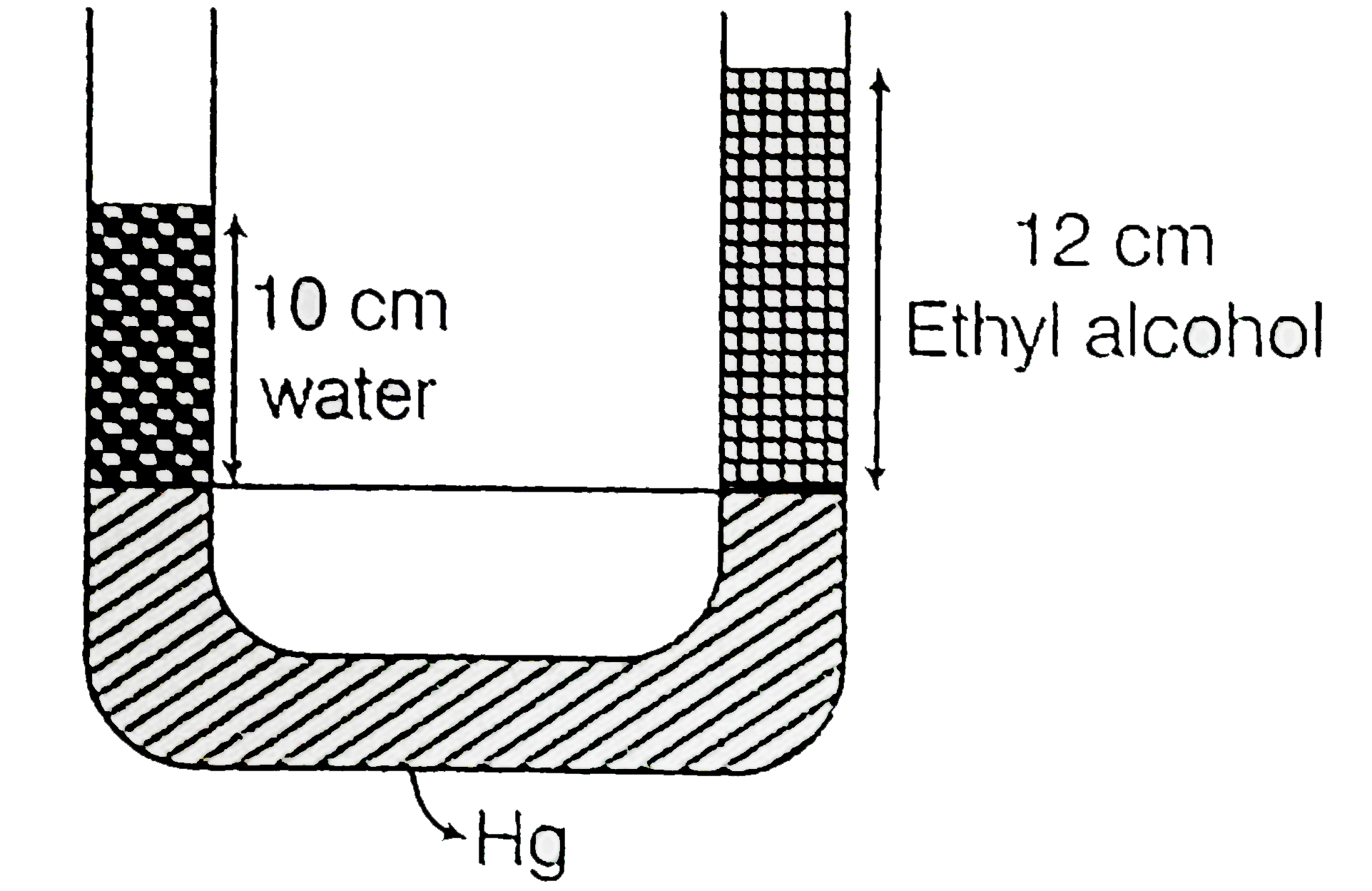Conversion of Ethyl alcohol to vinly acetate
To convert ethyl alcohol (ethanol) to vinyl acetate, we can follow a series of chemical reactions. Here is a step-by-step breakdown of the process:
Step 1: Dehydration of Ethyl Alcohol
- Reaction: Ethyl alcohol (C2H5OH) is dehydrated using concentrated sulfuric acid (H2SO4) at a temperature of 443 K.
- Product: This reaction results in the formation of ethene (C2H4).
Equation:
C2H5OHH2SO4,443K−−−−−−−−→C2H4+H2O
Step 2: Bromination of Ethene
- Reaction: Ethene is then treated with bromine (Br2) in carbon tetrachloride (CCl4) as a solvent.
- Product: This reaction leads to the formation of 1,2-dibromoethane (C2H4Br2).
Equation:
C2H4+Br2CCl4−−−→C2H4Br2
Step 3: Elimination Reaction with Alcoholic KOH
- Reaction: The 1,2-dibromoethane undergoes an elimination reaction when treated with alcoholic potassium hydroxide (KOH).
- Product: This results in the formation of acetylene (C2H2).
Equation:
C2H4Br2KOH(alc)−−−−−→C2H2+2HBr
Step 4: Reaction of Acetylene with Acetic Acid
- Reaction: Finally, acetylene is reacted with acetic acid (CH3COOH) in the presence of mercuric ions (Hg^2+).
- Product: This reaction yields vinyl acetate (CH2=CHOCOCH3).
Equation:
C2H2+CH3COOHHg2+−−−→CH2=CHOCOCH3
Summary of the Overall Reaction Sequence:
1. Ethyl alcohol → Ethene (Dehydration)
2. Ethene → 1,2-Dibromoethane (Bromination)
3. 1,2-Dibromoethane → Acetylene (Elimination)
4. Acetylene → Vinyl Acetate (Reaction with Acetic Acid)
- Reaction: Ethyl alcohol (C2H5OH) is dehydrated using concentrated sulfuric acid (H2SO4) at a temperature of 443 K.
- Product: This reaction results in the formation of ethene (C2H4).
Equation:
C2H5OHH2SO4,443K−−−−−−−−→C2H4+H2O
- Reaction: Ethene is then treated with bromine (Br2) in carbon tetrachloride (CCl4) as a solvent.
- Product: This reaction leads to the formation of 1,2-dibromoethane (C2H4Br2).
Equation:
C2H4+Br2CCl4−−−→C2H4Br2
- Reaction: The 1,2-dibromoethane undergoes an elimination reaction when treated with alcoholic potassium hydroxide (KOH).
- Product: This results in the formation of acetylene (C2H2).
Equation:
C2H4Br2KOH(alc)−−−−−→C2H2+2HBr
- Reaction: Finally, acetylene is reacted with acetic acid (CH3COOH) in the presence of mercuric ions (Hg^2+).
- Product: This reaction yields vinyl acetate (CH2=CHOCOCH3).
Equation:
C2H2+CH3COOHHg2+−−−→CH2=CHOCOCH3
1. Ethyl alcohol → Ethene (Dehydration)
2. Ethene → 1,2-Dibromoethane (Bromination)
3. 1,2-Dibromoethane → Acetylene (Elimination)
4. Acetylene → Vinyl Acetate (Reaction with Acetic Acid)
Topper's Solved these Questions
- BOOK - ICSECHAPTER - APPENDIX II ( TYPICAL CONVERSIONS)EXERCISE - AROMATIC CONVERSIONS98videos
APPENDIX II ( TYPICAL CONVERSIONS)
- BOOK - ICSECHAPTER - ALDEHYDES, KETONES AND CARBOXYLIC ACIDSEXERCISE - EXERCISE (PART-II DESCRIPTIVE QUESTIONS) ( LONG ANSWER QUESTIONS)478videos
ALDEHYDES, KETONES AND CARBOXYLIC ACIDS
- BOOK - ICSECHAPTER - BIOMOLECULESEXERCISE - ISC EXAMINATION QUSTIONS (PART-I)(DESCRIPTIVE QUESTIONS)21videos
BIOMOLECULES
Similar Questions
Knowledge Check
- Question 1 - Select One
Conversion of ethyl alcohol into acetaldehyde is an example of
AhydrolysisBoxidationCreductionDmolecular rearrangement
Conversion of Ethyl alcohol into chloroform
View SolutionHow may be the following transformation be carried out ( in not more than six steps)? "Ethyl alcohol to vinyl acetate."
View SolutionConversion of Acetylene into Vinyl acetate
View SolutionConversion of Ethyl chloride into n-butane
View SolutionIndicate a method by which each of the following conversions may be effected. Give one balanced equation for the reaction you choose in each case :
Ethyl alcohol to ethyl acetateView SolutionFind density of ethyl alcohol
 View Solution
View SolutionConversion of Ethyl iodide into ethane
View Solution
